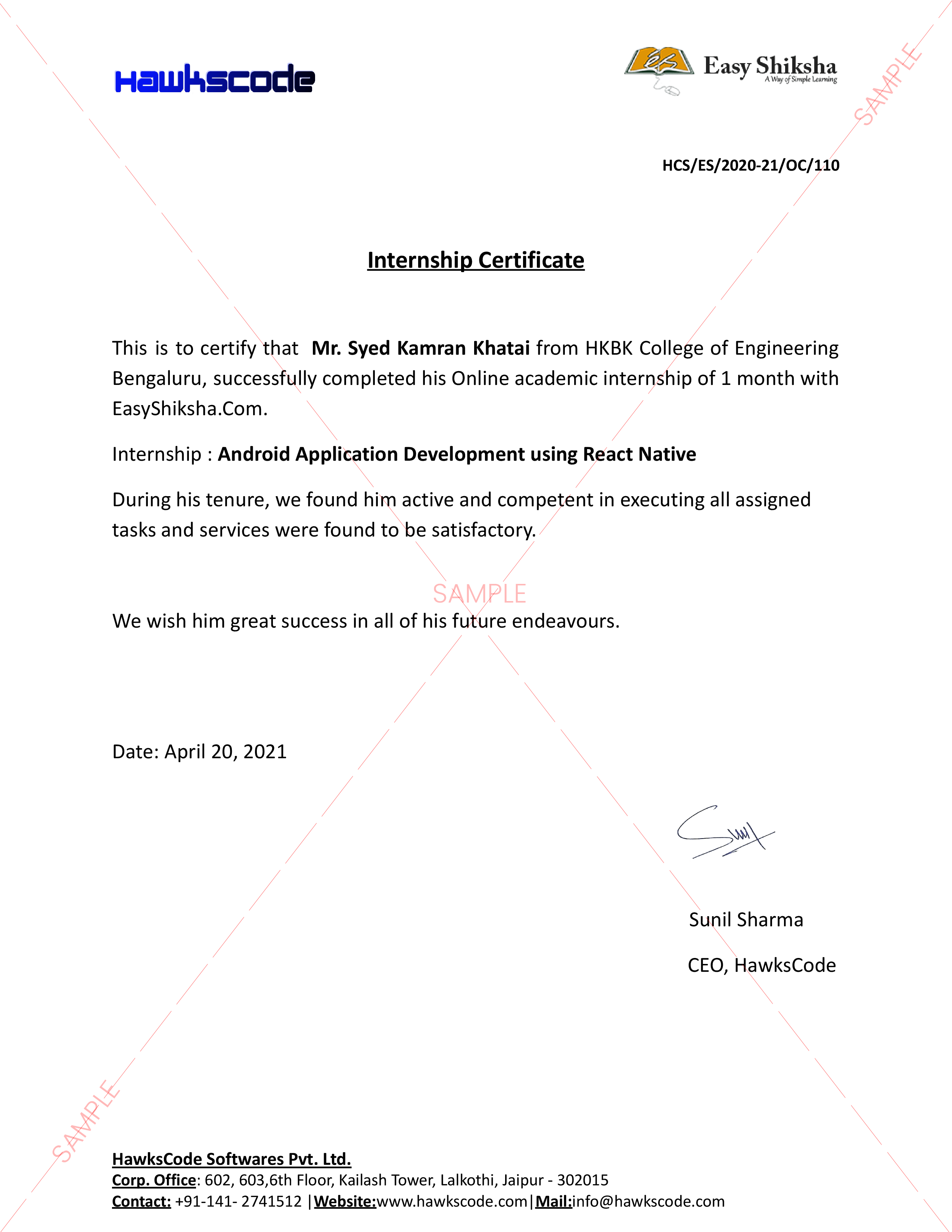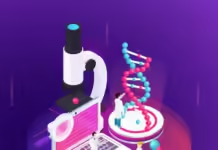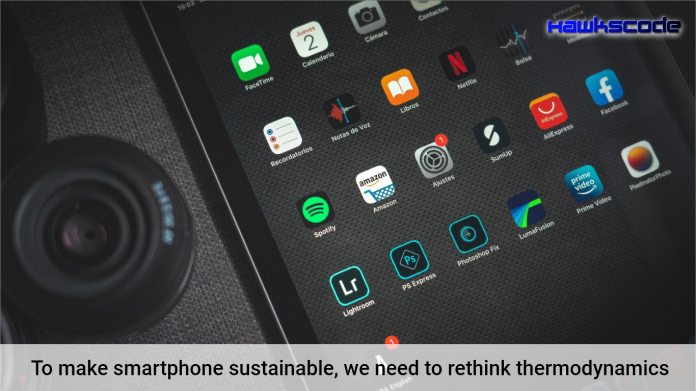In this blog, we will talk about To make smartphones sustainable we need to rethink thermodynamics.
The modern world is drowning in data. In 1984, the global traffic of the fledgeling internet amounted to 15 gigabytes per month. By 2014, that had become the average traffic per user. In 2019, each of us burned through that much data in just over a week. The second law of thermodynamics means hot things always cool unless you do something to stop them. It expresses a fundamental and simple truth about the universe: that disorder, characterised as a quantity known as entropy, always increases.

Important Announcement – EasyShiksha has now started Online Internship Program “Ab India Sikhega Ghar Se”

The floodgates show no signs of closing, either. As billions of new users come online, and ever more devices become web-connected, the amount of data in the world is forecast to rise to 175 zettabytes (1021 bytes) by 2025 – more than three times humanity’s output to date.
The roots of thermodynamics lie in efforts to understand the steam engines that powered the industrial revolution of 18th and 19th-century Europe. The French engineer Sadi Carnot discovered that their heat always tends to dissipate, moving to cooler regions. Anything that goes against this grain requires additional energy to power it. That too is because the jostling molecules of something hot are more disordered than those of something cool.
Processing these oceans of data requires enormous infrastructure, extending beyond smartphones and personal computers to millions of energy-hungry data centres around the globe. That combined hum already uses 6 per cent of the world’s electricity, an energy bill predicted to double by 2030, raising concerns about the sustainability of our digital habits.
Top Courses in Software Engineering
More Courses With Certification
For decades, technological improvements kept the rising waters at bay, allowing hardware to get smaller, faster and more energy-efficient. But the silicon chips we rely on are starting to hit physical limits, threatening to leave us with an energy bill we can ill afford to pay.
To learn more blogs like To make smartphones sustainable we need to rethink thermodynamics visit HawksCode and Easyshiksha.
Empower your team. Lead the industry
Get a subscription to a library of online courses and digital learning tools for your organization with EasyShiksha
Request NowALSO READ: free-graphic-designing-software
Get Course: brush-pen-lettering-modern-calligraphy-course-for-beginners















































































